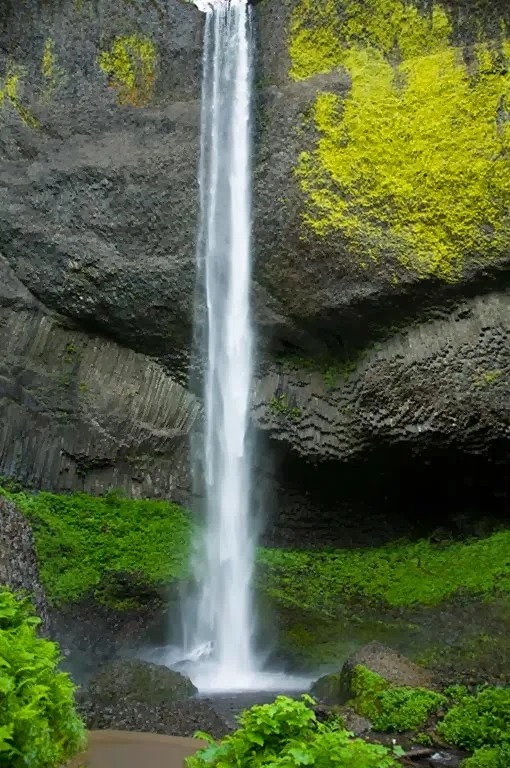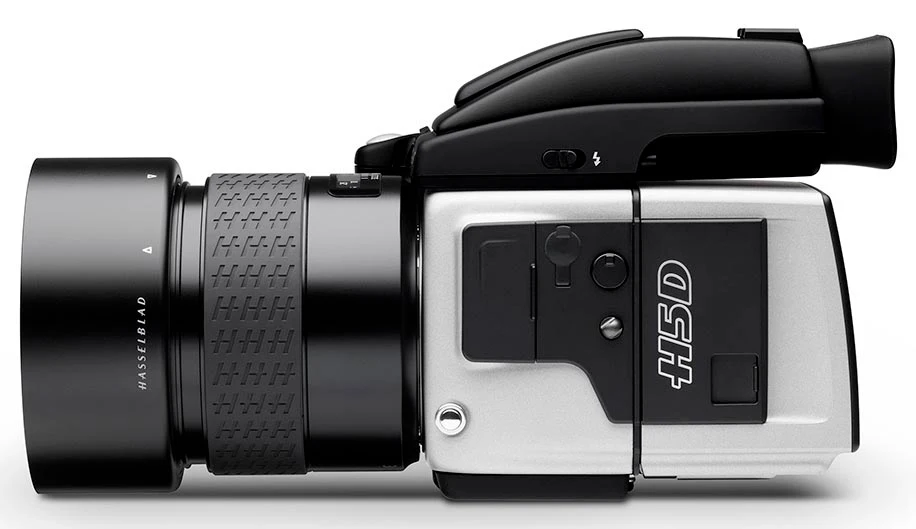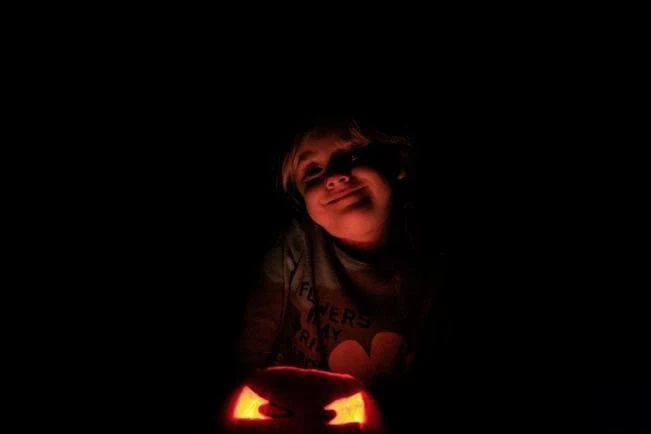Google + this Post
There are 5 key settings which can make you a Much Better Photographer
Why Are You Still Shooting in Auto Mode? _______________Go Manual Mode
If
you're one of those, and admit it if you are, who just want to get the
shot and share it, fine. Just keep using that auto mode and sharing to
your heart's delight. It's fast and a lot of fun to toss
those cute shots up on all the most popular social sites we all know so
well. Everybody does it. And there is nothing wrong with it and no
reason to stop. Or is there?
If there's nagging little niggle in the back of your head that
keeps tugging at a desire to get on track to better shots,
remember the five adjustments you need to become familiar with. And we begin this discussion with your camera in the Manual Mode. As we go through these know that when adjusting one of these, Exposure, Aperture and Shutter Speed it automatically adjusts another.
White Balance + ISO + Exposure + Aperture + Shutter Speed
White Balance
White
balance enables your camera to capture colors in a given light
atmosphere. What you want to happen, unless you are attempting a
creative effect, is to properly asses the light correctly. This way
whites are true whites, colors are true to their spectrum. While
cameras today, if left on auto white balance perform a very good
interpretation of balancing the white or near white areas in a
composure, you can do a better job (all things being equal), by looking
at the light and the white, and setting the white balance to different
Kelvin scales by simply choosing from the following; Sun, Shade, Cloud,
Incandescent/tungsten, Fluorescent, Flash (or Custom White Balance if
your camera offers this last option. this way you have now become the
judge for lighting. If you choose in the settings menu, Tungsten for
example, because you are indoors and the bulbs are the old style
incandescent, you have more information now than your camera does. you
know for a fact that it needs to expose for that type of bulb. Similarly
if you are out in the sun, you can choose sun, shade, Shade and so on.
Or you can go to Custom White Balance, you would take a picture of the
brightest subject in your frame, then go to Custom WB and click on the
picture OK. Then you would want to go to the white balance button, here I
am referring to Canon upper end bodies though you'll need to refer to
your manual, and press the white balance button and move to the tungsten
bulb icon, then recompose and take the picture. Or you can set the
Kelvin at a particular number. Below (1) you can see the Kelvin numbers as
they relate to varying sources of light, so you can attempt even more
accurate white balance settings.
| Temperature |
Source |
|---|
| 1,700 K |
Match flame |
| 1,850 K |
Candle flame, sunset/sunrise |
| 2,700–3,300 K |
Incandescent lamps |
| 3,000 K |
Soft (or Warm) White compact fluorescent lamps |
| 3,200 K |
Studio lamps, photofloods, etc. |
| 3,350 K |
Studio "CP" light |
| 4,100–4,150 K |
Moonlight[2] |
| 5,000 K |
Horizon daylight |
| 5,000 K |
tubular fluorescent lamps or
cool white/daylight compact fluorescent lamps (CFL) |
| 5,500–6,000 K |
Vertical daylight, electronic flash |
| 6,200 K |
Xenon short-arc lamp[3] |
| 6,500 K |
Daylight, overcast |
| 5,500–10,500 K |
LCD or CRT screen |
| 15,000–27,000 K |
Clear blue poleward sky |
These temperatures are merely characteristic;
considerable variation may be present. | | | | | | | |
As you can see by the colors and corresponding numbers they line up with different light sources which you can select from by merely adjusting the Kelvin scale value up or down according to the type of lighting you are in at the time of exposure. This is the most accurate way to capture white balance, but you must be spot on in your number selection, or your colors and your whites in the subject of your viewfinder will not accurately be displayed when shot.
ISO for Digital like ASA for Film_________________________
ISO is the sensitivity of camera's your sensor to gather light and properly expose a shot. At a low ISO setting say 100, your camera will do its best work in gathering the appropriate light for a good shot. You can adjust this up or down as needed. Say you are in a bright sunny location as is your subject. ISO 100 is the superior setting. But let's say you find yourself in a sunny exposure but your subject is not. You might be better off trying a shot at 100, then 200, then even 300 ISO and compare the outcome. Or perhaps you are inside and the ambient light, or existing light without the aid of a flash, is simply insufficient and cause your lens to stay open longer, resulting in perhaps a blurry photo or a darker photo. Here is where you can dial in a best ISO setting. In some cases you'll have to reach up to 800, 1200, 1400, 1800 maybe even higher. However you must remember that by reaching up so high you are introducing so much more sensitivity into your sensor that it is forced to introduce more light matter that it shows up in what is called NOISE. That's nothing short of ugly. When you crop to 100% or more, and cropping is advisable to see what your image looks like when printed, you'll be disappointed. So be careful when pushing the ISO, but in some cases where introducing a flash or speedlite is not allowed, you may be forced to do just that. The end result is if you insist on taking pictures where the ISO is extremely high, your ability to print is replaced by presenting the pics online and small. On the other hand when you can select a setting of the lowest ISO necessary, you'll be able to improve on the camera's auto setting, though I'll admit, cameras today are really quite good at automatically grabbing the proper ISO. So experiment and see what you can come up with. This is the fun of playing with your camera settings.
Exposure______________________________________________
The idea behind exposure is to balance the available amount of light. for a good, well, exposure. It is an adjustable feature that allows for decreasing or increasing the amount of light using a wheel or a button, so that you don't find your captures over or underexposed, meaning too bright or too dark. Again while the auto setting does a darn good job, this can provide you with the tools to create more light when there is not enough available, or less light when your other settings are gathering more than you desire. When shooting you should see in the viewfinder, assuming you have one, where the needle is, digitally. Merely move the exposure setting to where your capture is turning out that perfect image. And you can, if your camera offers this option, check for Highlight alert in your Histogram
Aperture______________________________________________
If you want to get more light, or change the depth of field or get a sharper picture, unless you are shooting a movie, your aperture is set by the lens you choose, but in manual mode you can adjust the aperture which again, allows for a wide open lens or a fully stopped down lens. When you do this you are changing the F-stop and shutter speed. What you in effect can do by altering the aperture is bringing in more light, which means a much faster shutter speed and a lower F-stop number (wider lens opening, thus less of a need for a tripod, or you are bringing in less light, which means a much slower shutter speed and a higher F-stop number, thus more need for a tripod, as it now will take the lens much longer to gather the necessary light. Why would you want to alter this setting? Well again, we are in Manual Mode and the reason we do this is to attempt even better shots than in Auto Mode, or we want to achieve something striking, something special, a shot that looks better than normal.
Shutter Speed_________________________________________
With shutter speed you are controlling the ability of the lens to gather light extremely fast or slow. And here as with the aperture, you are adjusting the speed, along with the aperture as well. One goes hand in hand with the other. You cannot make an adjustment using only one element without affecting the other, but these are mentioned separately so you can see how by using one or the other, your ability to gather light and image data, will give you a different effect than keeping the camera in auto mode. Thus you will be capturing a perhaps more creative image for display or print.
Now Go Practice_______________________________________
All of these above settings are fully automatic if you are happy with the camera doing it all. But as I stated above, if you want to gain more control, create effects that can only be created by using these as a means of creativity, you'll enjoy the images you get by toying with all of these. Take your camera out, set to Manual Mode, and don't think of this outing as a chance to get some really great images. Rather use the opportunity to become familiar with the settings, the lens, and the adjustments you can learn from. After awhile, and I don't mean in a single setting, it becomes second nature, if you stick with it.






























